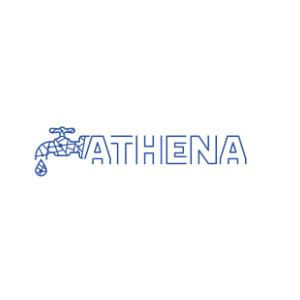 \
&
Contact us
\
&
Contact us
 \
&
Contact us
\
&
Contact us
Published on | 2 years ago
Programmes Health MissionsThere is 1 attachment connected to this article.
Attachments are only accessible for people with an account on the NCP Flanders website.
The Patient Engagement Resource Centre (or ‘PERC’) is an easy-to-navigate platform that features publicly available guidance, training and practical tools to help researchers get started with patient engagement. It offers a repository of publicly available guidance, training and practical tools that support researchers with every stage of their patient engagement activity: planning, conducting and evaluating.
It is a joint initiative from the European Research Infrastructure for Translational Medicine (EATRIS), the European Patients’ Forum (EPF) and the European Aids Treatment Group (EATG), funded by the Horizon 2020 funded project, EATRIS-Plus.
Access the Patient Engagement Resource Centre here.
We offer news and event updates, covering all domains and topics of Horizon Europe, Digital Europe & EDF (and occasionally, for ongoing projects, Horizon 2020).
Stay informed about what matters to you.
By signing up, you can opt in for e-mail notifications and get access to
a personalised dashboard that groups all news updates and event announcements in your domain(s).
Only for stakeholders located in Flanders

The ATHENA project addresses emerging risks for the water sector in operational technology created by digitalisation. The project responds to Digital Europe call DIGITAL-ECCC-2022-CYBER-03-UPTAKE-CYBERSOLUTIONS – Uptake op Innovative Cybersecurity Solutions. The project started in September 2023 and will run until November 2026. De Vlaamse Waterweg - The Flemish Waterway participates in the project to enhance the resilience of the organisation by co-developing targeted training modules for operational technology environments.